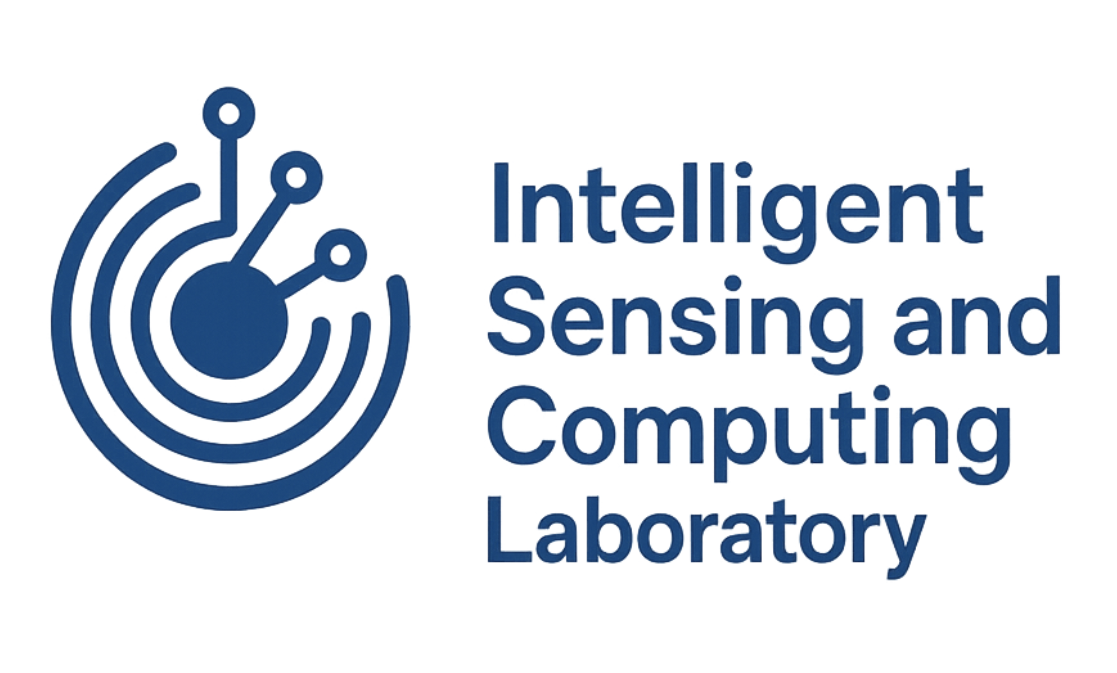👨🔬 Introduction
The Intelligent Sensing and Computing Laboratory is dedicated to advancing the field of intelligent detection and information processing through innovative research and cutting-edge technology. Rooted in the robust theoretical foundations of deep learning and multimodal large models, our laboratory spearheads efforts in developing state-of-the-art methodologies and applications. Our research portfolio spans a diverse range of areas including target detection, pedestrian re-identification, behavior analysis, and multimodal intelligent human-machine interaction. In addition, we explore advanced techniques in infrared image processing, optical fiber signal intelligent detection, and biomedical signal analysis. By integrating these disciplines, we aim to create intelligent systems that can efficiently and accurately interpret complex data from various sources. Committed to pushing the boundaries of artificial intelligence, our laboratory focuses on both theoretical research and practical implementations. We strive to address real-world challenges by developing novel algorithms and systems, fostering an environment of interdisciplinary collaboration, and contributing to the evolution of intelligent sensing and computing technologies.
💻 MPD-OFT Dataset
Mouse pose dataset from open-field test (MPD-OFT)
The MPD-OFT dataset employs a top–down perspective. The closed-circuit television (CCTV) cameras are set
at different heights to accommodate different sizes and shapes
of open fields, such as small rectangular open fields, spacious
circular water mazes, or Y-shaped and cross mazes, ensuring
full coverage of the experimental areas. As shown in the figure,
(a) Top-view open-field conditions aimed to record the natural behavior of the mouse in system setup diagram. (b) and
(c) Rectangular open-field images. (d)–(f) Cross-maze open-field images.
(g) Morris circle water maze image. (h) Y-maze image.

Features
- Diversity of Open Field
- Multiheight and Multiresolution Camera Settings
- Open Scene With Background
As shown in the table, the MPD-OFT dataset includes a total of 14,586 images. These images span multiple resolutions (e.g., 640×480, 1280×960, 1920×1080) and were collected at distances ranging from 60 cm to 180 cm between camera and subject. Scene-specific image counts range from a few hundred to over 2,700, ensuring broad coverage and high diversity to support robust and generalizable pose estimation models.
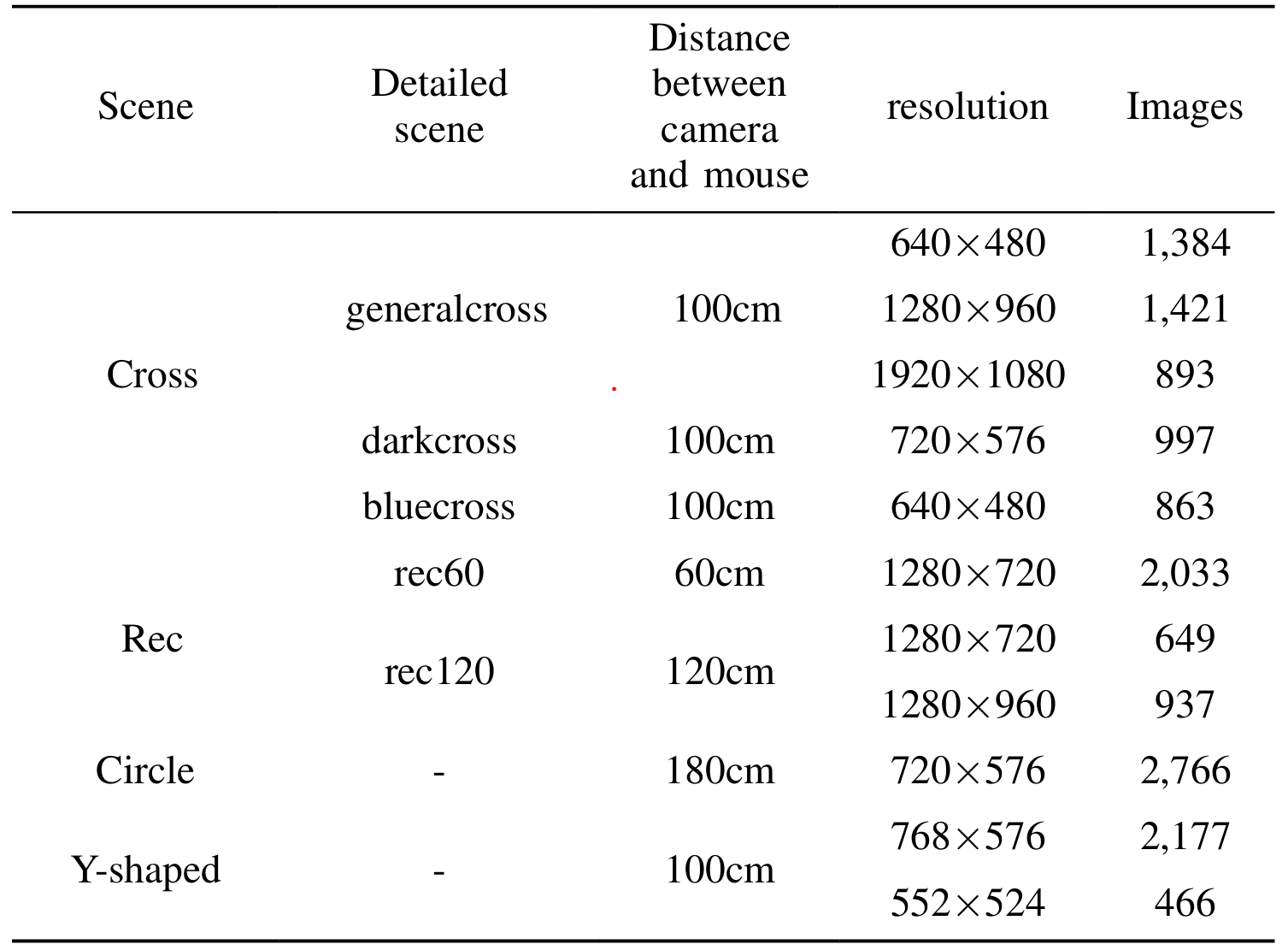 Each image was annotated with seven keypoints—snout, left ear, right ear, body center, tail base, left hip, and right hip—along with a bounding box tightly enclosing the head and torso.
Each image was annotated with seven keypoints—snout, left ear, right ear, body center, tail base, left hip, and right hip—along with a bounding box tightly enclosing the head and torso.


The annotation files are provided in two formats. The .txt files follow the YOLO format, containing annotations in the structure: {Class, Cx, Cy, W, H, K1_x, K1_y, K1_v, …, K7_x, K7_y, K7_v}, where Cx, Cy, W, and H represent the normalized center coordinates, width, and height of the bounding box, and K1 to K7 denote the coordinates and visibility of the seven keypoints.
The .json files are the original annotations generated using LabelMe. The label “mouse_rect” annotates the bounding box by its top-left and bottom-right corners, while the label “segmentation” provides the segmentation mask of the mouse. Labels “0” to “6” represent the coordinates of the seven keypoints: the snout, right ear, right hip, tail base, left hip, left ear, and body center, respectively.
📝 Published Paper
YOLO-MousePose: A Novel Framework and Dataset for Mouse Pose Estimation From a Top–Down View. Authors: Mingxin Yu, Hao Dong, Rui You, Shengjun Liang, Qihao Zhang, Yiyuan Ge, Mingwei Lin, Zeshui Xu. This paper has been published by IEEE Transactions on Instrumentation and Measurement, vol.74, pp. 1-19, 2025.

Abstract
The top–down view is particularly advantageous
for mouse pose estimation as it provides a clear, unobstructed
perspective of the body of the mouse, enabling more accurate
behavioral analysis. However, physiological differences make
existing human pose estimation algorithms less applicable to
mice, and the lack of open-source datasets hinders algorithmic
progress in this field. To address these challenges, we present
YOLO-MousePose, an enhanced version of the YOLO-Pose
specifically designed for mouse pose estimation from a top–down
view. We also construct the mouse pose dataset from open-field
test (MPD-OFT), which includes 14,586 annotated images, with
each image containing a single mouse. YOLO-MousePose uses
a regression-based approach for precise keypoint localization,
simultaneously detecting the bounding box and 2-D pose of the
mouse in a single forward pass. The model features a fusion
channel-specialized encoder (FCSE) module that selectively fuses
multiscale feature information, improving sensitivity to small
objects and effectively addressing the challenges of small object
detection and keypoint localization. Additionally, we optimize the
keypoint localization loss function to accelerate convergence and
prevent performance degradation. On our open-source dataset,
YOLO-MousePose achieves a root-mean-square error (RMSE)
of 8.41 mm, a mean absolute error (MAE) of 5.52 mm, and an
average percentage of correct keypoints (PCKs) score of 96.1%
at a 0.1 threshold, matching the accuracy of the previous state
of-the-art (SOTA) algorithm GM-SCENet while using only 28%
of its parameters. The dataset and code are publicly available at
https://github.com/bujihao/YOLO-MousePose.
Demo
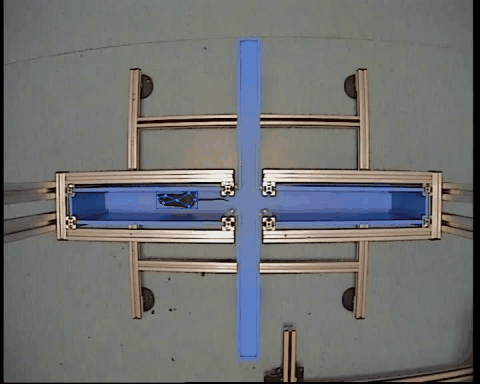
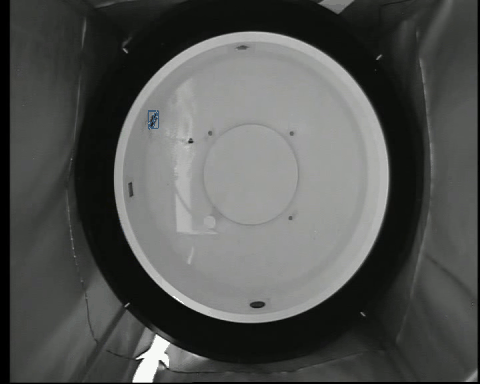
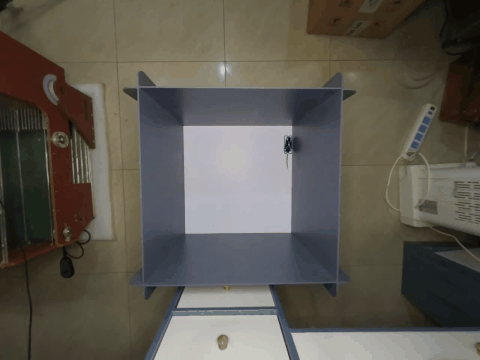
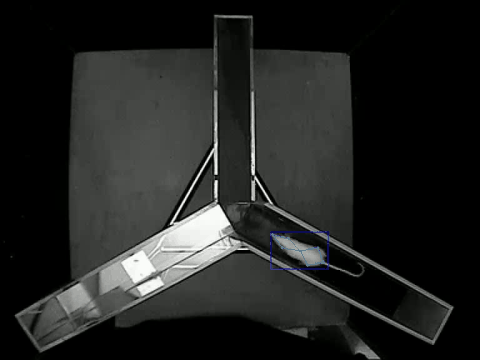
📖 Dataset Usage Guidelines
This dataset is released solely for research and educational purposes. Commercial use in any form is strictly prohibited. Users must comply with all applicable laws and regulations when accessing or using this dataset. Any use of the dataset, in whole or in part, for commercial purposes—including but not limited to product development, commercial services, demonstrations, or redistribution—is not permitted. Publications or reports that utilize this dataset must acknowledge its source.
We kindly ask users to cite the following paper when using this dataset:
Mingxin Yu, Hao Dong, Rui You, Shengjun Liang, Qihao Zhang, Yiyuan Ge, Mingwei Lin, and Zeshui Xu, “YOLO-MousePose: A Novel Framework and Dataset for Mouse Pose Estimation From a Top–Down View,” IEEE Transactions on Instrumentation and Measurement, vol. 74, pp. 1–19, 2025, Art no. 5019319, doi: 10.1109/TIM.2025.3551854.
We also gratefully acknowledge the support of the Intelligent Sensing and Computing Laboratory, Beijing Information Science and Technology University, for the development and release of this dataset.
🔥 How to get the dataset
If you need to obtain the dataset, please contact yumingxin@bistu.edu.cn
💬 Acknowledgements
We would like to express our sincere gratitude to Mr. Qihao Zhang from Beijing Qiaqia Cloud Technology Co., Ltd. for providing the original dataset. We thank Hao Dong for his significant contributions to data organization, annotation, model construction, training, testing, and manuscript writing. We are also grateful to Shengjun Liang and Yiyuan Ge for their valuable guidance on data analysis and model development. Special thanks go to Xufan Miao and Chengda Yao from our laboratory for their dedicated efforts in data annotation.
